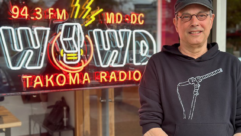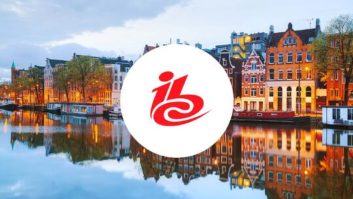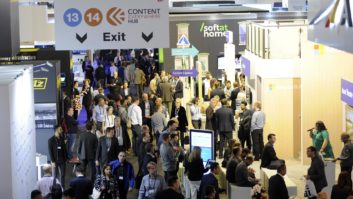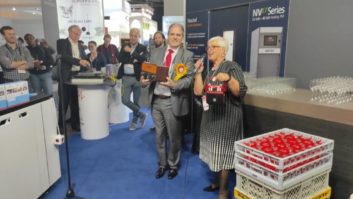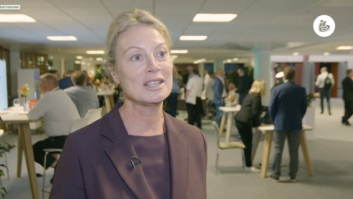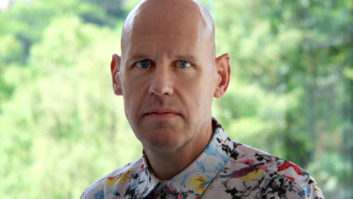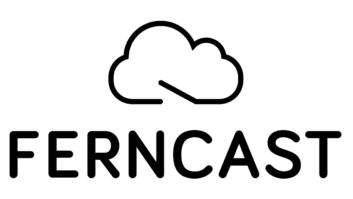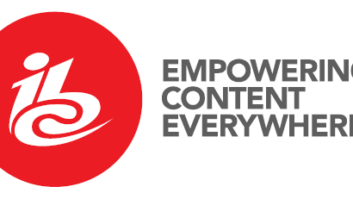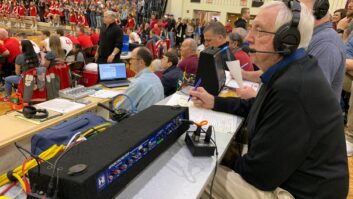IBC2018 is approaching. Between now and then Radio World will conduct several short Q&As with manufacturers about their plans and offerings, to help you get the most out of the big annual trade show. Henry Goodman is director of product development for Calrec.
Radio World: How has business been for the company since last year’s IBC Show?
Henry Goodman: Business has been good — our industry is changing, and the pace of change has never been faster. These changes are not only driving business, but also giving our customers more creative freedom, and Calrec is proud to be right at the heart of it.

Most importantly, at NAB we launched Type R, a brand-new, customizable, expandable and flexible radio system. We’re really excited to be back in the radio market, and we’re excited to introduce Type R at IBC — it was really well received at NAB.
Our small, cost-effective Brio consoles (now available with significant DSP upgrade packs) have helped Calrec break into a number of new geographical markets, and at NAB we introduced Type R, a new modular, expandable, IP-based radio system, which we are showing for the first time at IBC this year.
Also, Calrec has worked very closely with international broadcasters to help solve some of the challenges of remote broadcasting — notably both the BBC and NBC Olympics utilised Calrec’s RP1 to provide remote mixes of the events in Pyeongchang in South Korea, and the BBC went on to use it again at the Commonwealth Games in Australia in April. Nobody else is able to solve the audio challenges inherent in live remote production, so projects like these are great to help us to hone our products to meet market needs.
Radio World: What are you hearing from your customers about their business outlook this year? In what areas should we expect growth or the most interesting projects?
Goodman: Across the broadcast industry, IP is encouraging broadcasters and manufacturers to explore new ways to work. The pace of change is exponential as this technology becomes more widespread; it’s proven and affordable, and the cost-savings and scalable nature make it compelling for broadcasters.
[Related: IBC2018 Best of Show Award Entries Open]
Radio is quite a way ahead of TV in terms of what it is doing with AoIP, but all our customers are concerned with these changes, and we are working with them to help find ways to create more great quality content; which makes better use of the infrastructures they already have in place. Remote production is one way to do this, with companies like Pac-12 using remote production to cover more niche events. This year international broadcasters like Sky, the BBC and NBC Olympics have also used the RP1 to significantly reduce costs at big international events.
Radio World: You’ve been active as a manufacturer of audio broadcast mixing gear for over 50 years. What’s the biggest problem or challenge facing users in this segment right now?
Goodman: The biggest challenge is how to help ease our customers into an increasingly IP world. We’re looking at news ways to work with other manufacturers across the AIMS roadmap, and we’re finding ways to help our customers transition in a seamless way.
Audio networking has brought great benefits to production workflows by reducing cabling and setup times, providing flexible routing that can be managed en-masse at the touch of a button, and breaking the hard-ties between control rooms and studios. Some of these technologies, like Calrec’s Hydra2, offer very simple plug and play setup, but they require their own private network and specific switching hardware.
AES67 has provided a ratified solution, but all AES67 defines is a common transport layer; there are no built-in discovery or control mechanisms to enable users to freely connect devices to local switches that can pass all forms of media and data across an open, shared network infrastructure.
At IBC Calrec is launching Calrec Connect, which is designed to identify media streams and devices on a network regardless of their registration/discovery protocol, whether it’s NMOS, mDNS, AES70, SAP or more specific Rest APIs. For our customers, this is a way for them to move towards plug and play in an IP environment and enjoy the same levels of management and control that they have always enjoyed with Hydra2.
Radio World: What new products will your company be showing? Why should attendees visit your stand #8.C61?
Goodman: On show for the first time in Europe, is Type R, Calrec’s new modular, expandable, IP-based radio system. Type R makes use of standard networking technology and combines it with configurable soft panels that can be tailored to operator needs. Type R’s physical control system consists of three slimline panels: a fader panel, a large soft panel and a small soft panel. Each is compatible with COTS hardware and powered over Ethernet to keep cabling to a minimum. A single core can power up to three independent mixing environments, with no sharing of DSP resources, while the flexibility of an AES67 compatible network keeps pace with radio’s changing requirements.
Calrec will also unveil its Connect product, a web-based stream manager for IP networks. Calrec Connect is able to present all devices on a network in a visual, familiar and user-friendly way that allows them to be easily inter-connected without getting bogged down in networking detail. Connect provides access to in-depth configuration, but it extracts the necessary information in a simplistic way to provide fast workflows for day-to-day management by production staff.
Radio World: What specific challenges and/or developments do you expect in your markets over the next 12 months?
Goodman: Many of our customers are navigating their way from closed proprietary networks to open, IP networks, and they are all at different stages. Organizations like AIMS are vital to ensure that manufacturers are all on the same roadmap and moving towards a common goal, and over the next few years we anticipate more cooperation with other manufacturers and customers to bring products to market in a useful and efficient manner.
Radio World: What do you anticipate will be the most significant technology trend in general at IBC2018?
Goodman: We’ve talked about most of these trends here already: all our customers are looking at ways of making their networks work harder for them, so we will have discussions about AoIP, NMOS and remote production at the show. Immersive audio is also gathering momentum on a global scale – in fact, the MPEG-H encoding format was used extensively in Pyeongchang this year. Calrec is already working in an immersive environment, both in terms of adding height to the surround field and also object-based audio, which has different considerations in terms of console design. From a console design point of view, monitoring is obviously key, but a move towards native immersive paths is inevitable, in much the same way as when the industry made the move from stereo to 5.1.
Radio World: Is the IBC Show a good investment?
Goodman: The IBC show is a good investment — in fact, this is probably the most we’ve ever invested in the show, with the biggest stand and widest range of products we have ever had on show. The mix of visitors has changed over the years in that we see less operators and more management, but it’s absolutely the best broadcast show outside of the United States, and it is genuinely international. This year we are hoping to have something for everyone, with a complete range of products; Apollo, Artemis, Summa, Brio36, Brio12, Type R, RP1, Calrec Connect, Calrec Assist, and some surprises too!
Radio World: Will you be attending any sessions or looking forward to any events?
Goodman: Sessions and events are part of what makes IBC worthwhile. We always plan to have Product Development and R&D staff onsite to keep across developing technology. The only issue for us is that there are so many papers, sessions and events it takes us too long to plan which ones to attend!
Radio World: You’re a show veteran, how has the show changed since your first visit?
Goodman: When Calrec started coming to IBC, all our gear was analogue. Show set ups were simple, and so was our motivation – get as much kit in front of as many people as possible. As the scope of the show has expanded, so has Calrec’s motivation for attending. Today it’s not even about the console; it’s about the network, and how that network can be managed to be more flexible and maximize a broadcaster’s investment in it. Show set ups are more complicated – in fact, last year our networks spanned different buildings, as we presented live Remote Production demos with our partners Net Insight and Grass Valley in different halls. This is all positive – the more we can work together, the easier integration is for all our customers, and the more adaptable their networks are in the future.
Also, the hotels are definitely more expensive! That’s a change, which isn’t so welcome!
Radio World: What’s your favorite thing about this show?
Goodman: The best thing about IBC is that it’s got a bit of everything. It attracts people from all over the world, and so we see customers who we already have great relationships with, and we see new customers who are excited to see new technology. It’s a fantastic opportunity to spend time with other manufacturers, and organizations likes AIMS help us to ensure that we use the time with them to help develop the industry. We learn a lot too, from the many papers and seminars, but also from talking to customers about how they see their industry developing – it’s vital that our Product Managers attend the show in addition to our Sales staff. It gives us an opportunity to meet all our partners in the same place, and access to the market which is unsurpassed anywhere else in Europe.




